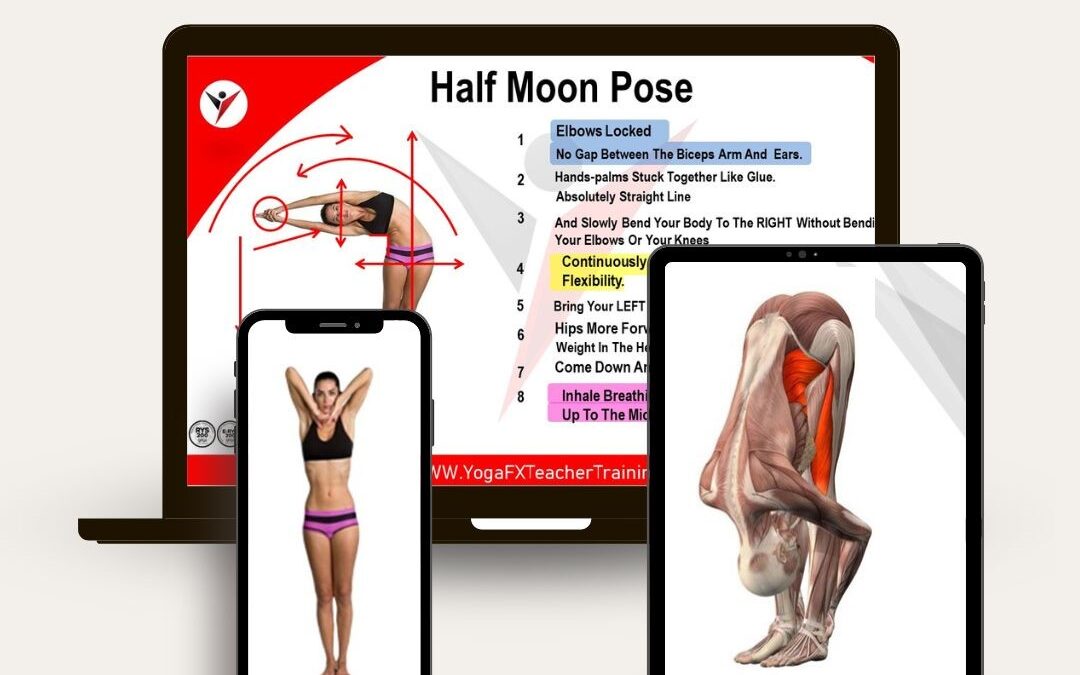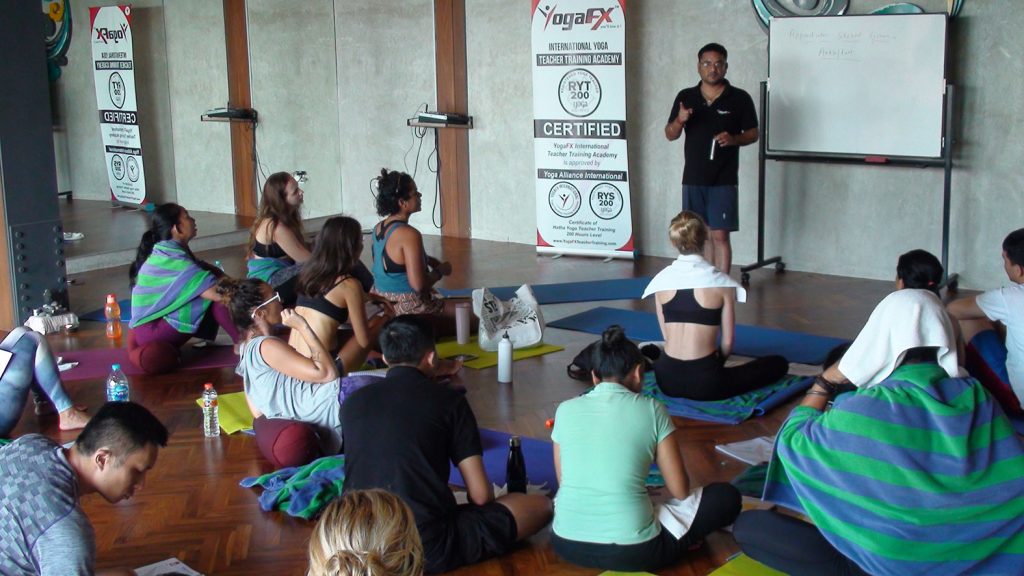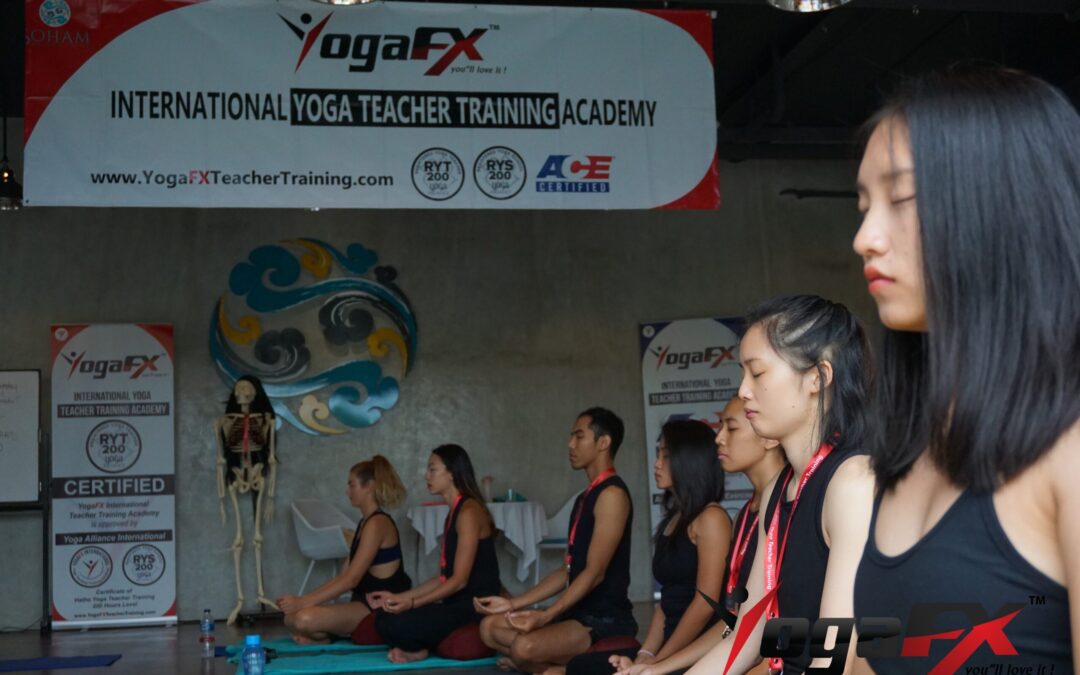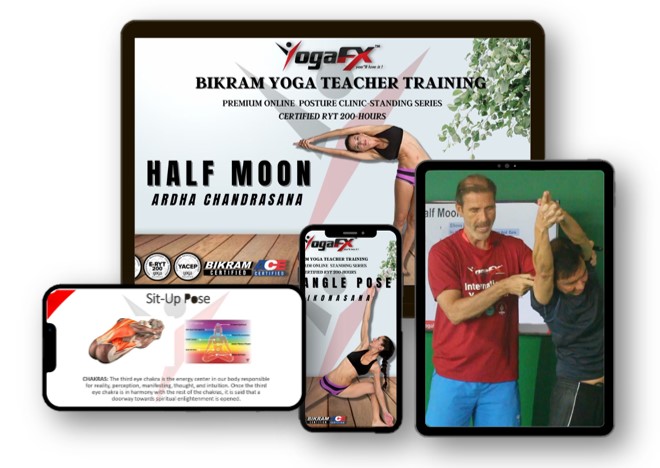Are you passionate about yoga and eager to enhance your teaching skills? Look no further than these yoga teaching tips. Whether you’re a seasoned yoga instructor or just starting your teaching journey, these tips will provide valuable insights and practical advice to take your yoga instruction to the next level. In this article, we will explore effective strategies for cultivating a positive teaching mindset, communicating with students, creating engaging class sequences, offering hands-on adjustments, building connection and community, practicing self-care, embracing adaptability, and more. Let’s dive into the world of yoga teaching and unlock the secrets to becoming an exceptional and inspiring yoga teacher.
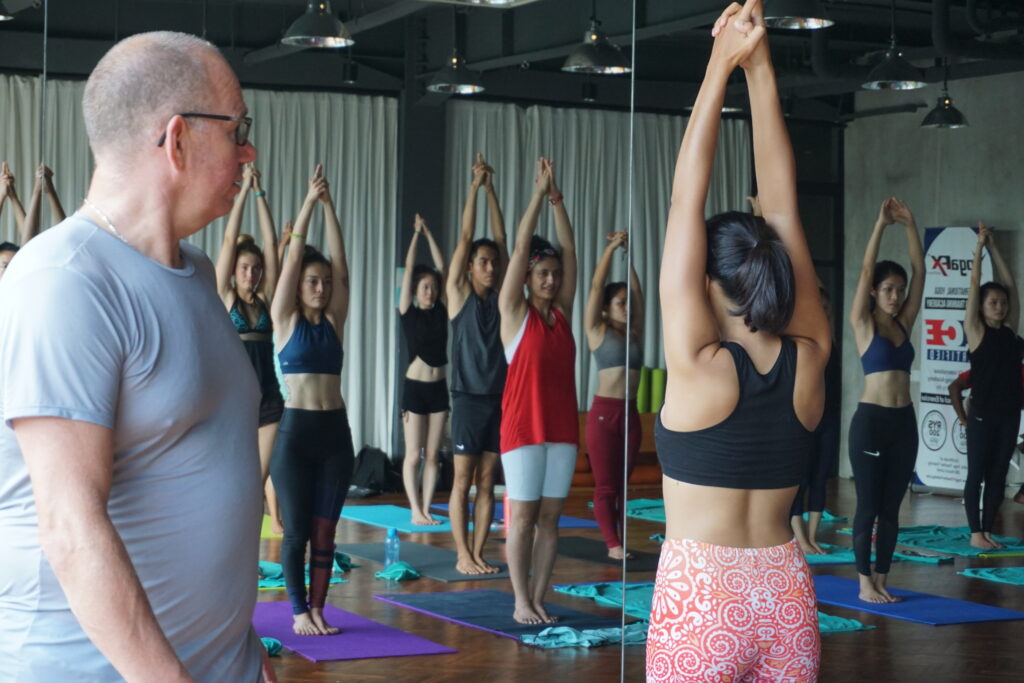
Cultivating a Positive Teaching Mindset
To create a transformative experience for your students, it’s crucial to cultivate a positive and encouraging attitude. Start by embracing a mindset of compassion, patience, and non-judgment. Recognize that each student has their unique journey and limitations. Create a safe and inclusive space where students feel supported and accepted, regardless of their level of experience or physical abilities. Practice mindfulness and presence to connect with your students on a deeper level, acknowledging their individual needs and providing guidance tailored to their specific circumstances.
“Either You Run The Day Or The Day Runs You”
Effective Communication with Students
Clear and concise communication is key to effective teaching. Use simple and understandable language when giving instructions, avoiding jargon or complex terminology. Speak with a confident and audible voice, ensuring that your students can hear and understand you. Foster open and respectful communication by encouraging questions and providing opportunities for students to share their experiences or seek clarification. Offer constructive feedback and encouragement, recognizing their efforts and progress, which can inspire and motivate them to further explore their practice.
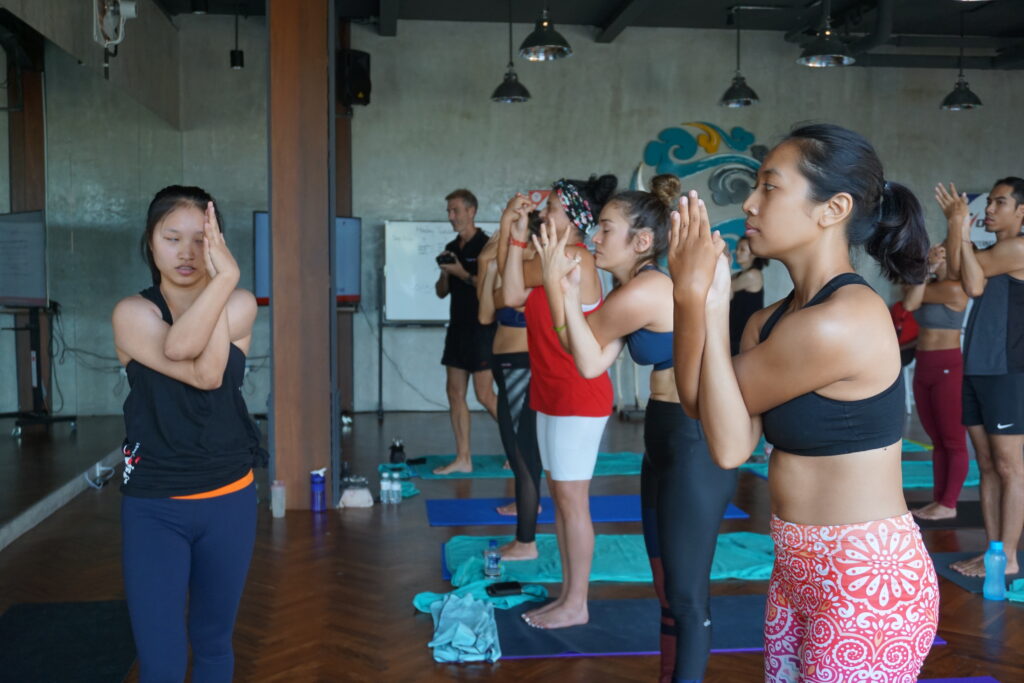
Sequencing and Class Structure
Crafting well-balanced and engaging yoga sequences is an art that requires thoughtful planning. Consider the needs and abilities of your students, offering variations and modifications to accommodate different levels of experience and physical capabilities. Begin with a gentle warm-up to prepare the body and gradually progress to more challenging poses. Incorporate a variety of asanas (poses) that focus on strength, flexibility, balance, and relaxation. Create a logical flow, transitioning smoothly between poses to maintain a seamless and harmonious experience. Pay attention to pacing, allowing for both challenge and restorative moments throughout the class.
Hands-On Adjustments and Assists
Thoughtful and respectful hands-on adjustments can enhance your students’ alignment and understanding of the poses. Approach adjustments with mindfulness, ensuring that you have consent and awareness of each student’s comfort level. Use gentle and supportive touch to guide students into proper alignment, deepen their experience, and prevent potential injuries. Always be attentive to verbal and non-verbal cues from your students and provide adjustments that are specific to their needs. For students who prefer not to be physically adjusted, offer verbal cues and demonstrations to help them refine their alignment.
Creating a Theme or Intention for Classes
Setting a theme or intention for your yoga classes can add depth and meaning to the practice. Choose themes that resonate with your students and align with the essence of yoga, such as self-compassion, gratitude, or inner strength. Introduce the theme at the beginning of the class and weave it throughout the session. Incorporate relevant quotes, readings, or stories that inspire contemplation and reflection. Use guided meditation or visualization to deepen the connection between the theme and the practice. This creates a cohesive and transformative experience for your students, leaving them with a sense of purpose and connection.
Building Connection and Community
Nurturing connection and community within your classes fosters a supportive and enriching environment. Take the time to build rapport with your students, showing genuine interest in their well-being and progress. Learn their names, inquire about their goals, and acknowledge their achievements. Encourage interaction and collaboration among students by incorporating partner poses or group activities. Create opportunities for feedback and dialogue, either through individual check-ins or group discussions, to continuously improve and meet the needs of your community. Organize events or workshops that allow students to connect with one another and deepen their sense of belonging.
Self-Care for Yoga Teachers
As a yoga teacher, it’s essential to prioritize self-care to maintain the quality of your teaching and prevent burnout. Take care of your physical, mental, and emotional well-being through regular self-practice, meditation, and relaxation. Set boundaries and manage your schedule effectively to ensure adequate rest and rejuvenation. Seek support and guidance from mentors or fellow teachers to help navigate any challenges you may face. Additionally, continue your education and personal growth by attending workshops, trainings, or conferences to expand your knowledge and teaching skills. Remember, by taking care of yourself, you can show up fully for your students and provide them with the best possible experience.
Embracing Adaptability and Flexibility
Yoga teaching requires adaptability and flexibility, both on and off the mat. Be open to modifying your classes based on the specific needs and limitations of your students. Adapt your teaching style to cater to diverse populations, accommodating individuals of varying ages, abilities, and backgrounds. Embrace spontaneity and adjust your plans when unexpected circumstances arise, such as changes in the class size or venue. Trust your intuition and be present with your students, allowing space for exploration and individual growth. Embracing adaptability cultivates a dynamic and inclusive environment where everyone feels valued and supported.

Conclusion
By incorporating these yoga teaching tips into your practice, you can elevate your skills as a yoga instructor and create a transformative experience for your students. Cultivate a positive teaching mindset, communicate effectively, create engaging class sequences, offer thoughtful adjustments, build connection and community, prioritize self-care, and embrace adaptability. As you continue on your teaching journey, consider expanding your knowledge and expertise through specialized trainings, such as the hot yoga, 26 and 2 yoga, or Bikram yoga teacher training offered by YogaFX. These programs, led by experienced instructors, provide Yoga Alliance certification and equip you with the skills and confidence to teach specific styles of yoga. Embrace the journey of growth and transformation as a yoga instructor, and continue to inspire and empower others through the practice of yoga.


